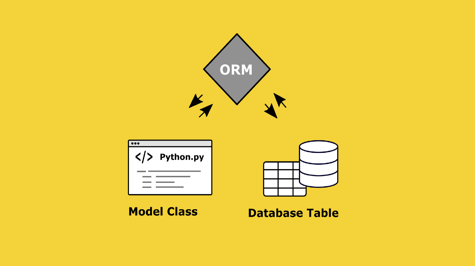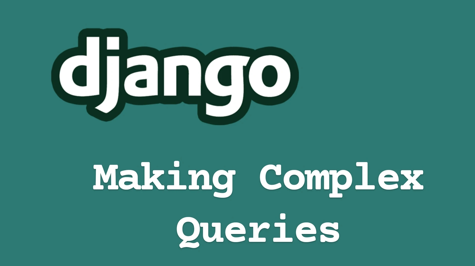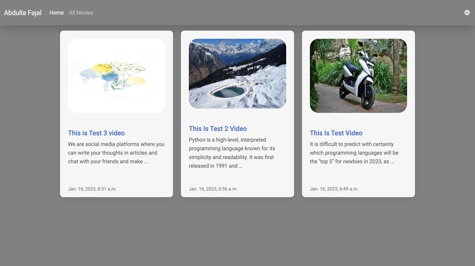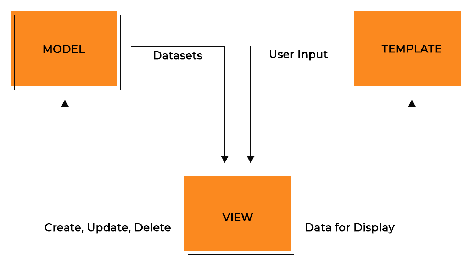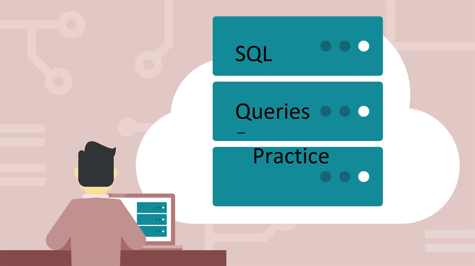Object-relational mapping (ORM) is a technique that allows a programmer to manipulate a database using an object-oriented paradigm. In the context of Django, a web framework for Python, an ORM is used to abstract the underlying database and provide a simple API for creating, reading, updating, and deleting database records.
The Django ORM provides a high-level, easy-to-use interface for interacting with the database. It takes care of much of the complexity of database programming, allowing the developer to focus on building the app logic.
Using the Django ORM, you can define models for your app, which are Python classes that correspond to tables in the database. Each model has a number of class variables, which are mapped to columns in the corresponding table. You can then use the ORM's API to create, read, update, and delete records in the database, without having to write raw SQL queries.
For example, suppose you have a model called Person that represents a table of people. You can define the model like this:
from django.db import models
class Person(models.Model):
name = models.CharField(max_length=100)
age = models.IntegerField()
This model has two fields: name and age, which are stored in a table with columns name and age, respectively. You can then use the ORM's API to create, read, update, and delete records in the Person table like this:
# Create a new person
p = Person(name='John', age=30)
p.save()
# Read a person from the database
p = Person.objects.get(name='John')
# Update a person
p.age = 31
p.save()
# Delete a person
p.delete()
The Django ORM also provides a rich set of tools for querying the database, including support for filtering, aggregation, and ordering. You can use these tools to retrieve the data you need from the database in a flexible and efficient way.
Overall, the Django ORM is a powerful and convenient way to interact with the database in a Django app, allowing you to focus on building your app's logic rather than writing complex SQL queries.
